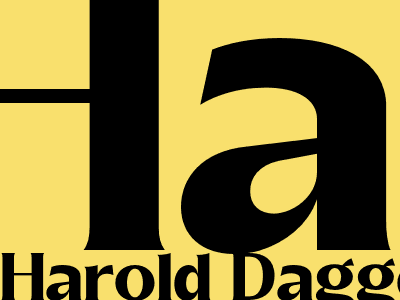
Harold Daggett: A Pioneer in the Field of Cinematography
Early Life and Influences
Harold Lloyd Daggett III was born on January 20, 1930, in Dayton, Ohio. His father, Harold Lloyd Daggett Jr., was a successful businessman, while his mother, Elizabeth, was an accomplished pianist. Harold's early exposure to music, art, and the wonders of the natural world sparked his lifelong fascination with the moving image.
As a young boy, Daggett spent countless hours experimenting with his father's 8mm home movie camera, capturing the everyday moments of family life and the beauty of the surrounding landscape. These early experiments laid the foundation for his future career in filmmaking.
Education and Career Beginnings
After graduating from high school, Daggett pursued his passion for film at the prestigious Yale University. Under the mentorship of renowned filmmaker Robert Flaherty, he honed his skills in documentary filmmaking, developing a deep understanding of the power of cinema to inform, inspire, and evoke emotion.
Upon graduating from Yale, Daggett embarked on a remarkable career in cinematography, working on a wide range of projects, from independent documentaries to major Hollywood productions. His unique vision and mastery of light, composition, and movement earned him a reputation as one of the most talented cinematographers of his generation.
Notable Collaborations and Achievements
Daggett's exceptional talent caught the attention of some of the most influential directors of his time. He collaborated with Stanley Kubrick on the groundbreaking "Dr. Strangelove or: How I Learned to Stop Worrying and Love the Bomb" (1964), creating the iconic black-and-white visuals that perfectly complemented the film's satirical tone.
He also worked with Steven Spielberg on the epic "Saving Private Ryan" (1998), capturing the horrors and heroism of World War II with a gritty realism that earned him an Academy Award for Best Cinematography.
In addition to his collaborations with renowned directors, Daggett also directed and produced his own independent films, including the acclaimed documentary "The Hunters" (1957), which explored the lives of indigenous Inuit people in the Arctic.
Legacy and Influence
Harold Daggett left an indelible mark on the world of cinematography. His groundbreaking techniques, such as the use of natural light and handheld cameras, revolutionized the way films were made.
Daggett's influence extended beyond his own work, as he became a mentor and inspiration to countless aspiring filmmakers. He taught at the American Film Institute and the University of California, Los Angeles, sharing his knowledge and passion with future generations of cinematographers.
Harold Daggett's contributions to the field of filmmaking continue to be celebrated and studied, ensuring his legacy as one of the most influential cinematographers of all time.